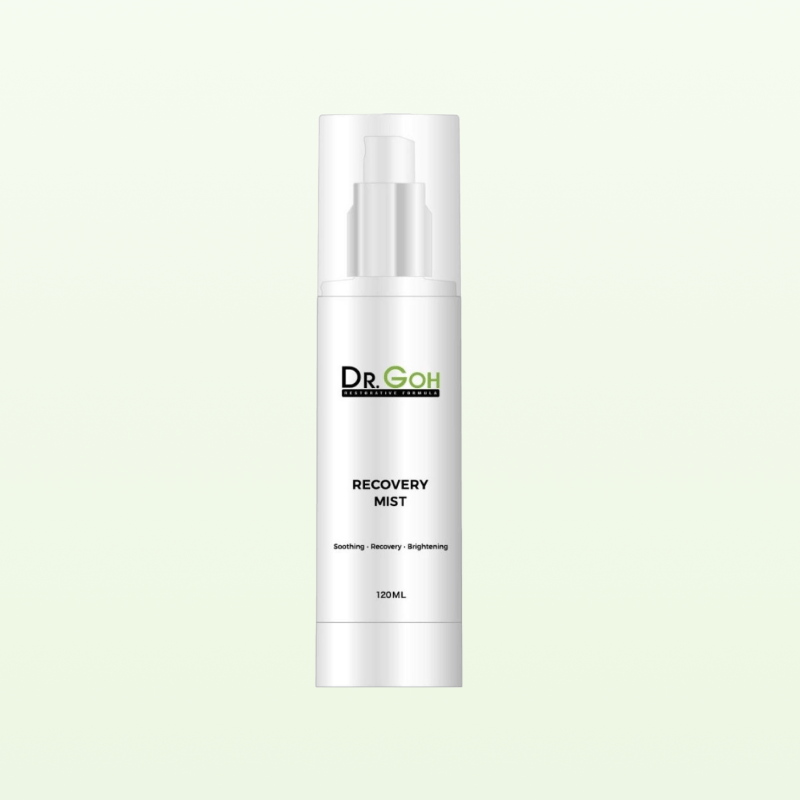You may have heard of Traditional Chinese Medicine (TCM) several times in your life or even know someone who often goes for acupuncture or cupping to relieve their pain. As such, more and more people are turning to TCM as an alternative or used in conjunction with western medicine.
Here’s what you need to know about TCM, how effective is it, as well as the common techniques used in Traditional Chinese Medicine practices.
What is Traditional Chinese Medicine?
Traditional Chinese Medicine is a holistic medical system that has been practised for over 2,500 years. It originated in China and its principles are based on the belief that energy or qi (chi) flows through our bodies in channels called meridians.
The fundamental principle of Traditional Chinese Medicine is to restore balance to the body by treating symptoms. This is done by tapping into the natural self-healing mechanisms of the body, which can be stimulated through acupuncture, acupressure, and herbs.
In fact, the focus of TCM is on the prevention of disease rather than its cure. It seeks to promote harmony among the body’s organs and systems and relieve any blockages or imbalances that may have led to illness.
How Effective is Traditional Chinese Medicine?
As one of the oldest medical systems in the world, TCM practitioners use a variety of different treatments to restore balance in the body. These may include acupuncture, massage, diet and lifestyle changes, herbal remedies, and other therapies. Let’s look at some TCM approaches and their efficacy.
Herbal Remedies
Like most prescriptions, the herbal medicine prescribed by TCM practitioners generally varies from person to person, even if they share similar health concerns. This makes determining its efficacy difficult.
However, for certain health concerns such as infertility, this particular TCM technique is more effective than the western’s approach to treating fertility concerns such as IVF (In-Vitro Fertilisation). This is because TCM makes use of the menstrual cycle quality as a diagnostic tool and it is less invasive.
Acupuncture
Like herbal remedies, the efficacy of acupuncture can sometimes be difficult to gauge, but many people find it helpful as a means to control a variety of painful conditions, especially chronic pain.
This particular TCM technique has also been found to be comparable to morphine, leading it to emerge as the analgesic or pain reliever of choice in long-term joint or arthritis pain. Acupuncture has also been shown to work on tension headaches, migraine, and other kinds of headaches.
Chinese Massage (tui na)
TCM practitioners who practise this technique generally use their elbows, fingers, and hands to rhythmically stimulate acupuncture points, producing a vibration that influences the energy flow through the body.
In terms of its efficacy, it is a safe and effective treatment to reduce post-stroke spasticity of several muscle groups. This is because imbalances and blockages in these channels and qi deficiencies are the ones causing the symptoms of many diseases.
Common TCM Techniques Used
As mentioned earlier, TCM uses a variety of methods designed to help people achieve and maintain their health, as well as opting for TCM skincare in Malaysia. The following are the commonly used TCM techniques:
- Acupuncture
This TCM technique involves inserting needles into the individual’s skin, subcutaneous tissue, and muscles at specific acupuncture points to manipulate them. It is believed to keep the balance between Yin and Yang, allowing for the normal flow of “qi” throughout the body.
- Herbal remedies
You likely had to down some herbal remedies when you were ill, but you didn’t have a choice. Some of the remedies may smell unpleasant as they come from different leaves, roots, stems, flowers, and seeds of various plants. However, these are usually combined into a formula that is dispensed in the form of a capsule, liquid extract, etc.
- Cupping
This TCM technique is a type of Chinese massage that involves placing several glasses on the back. Instead of applying pressure onto the muscles, the TCM practitioner creates a vacuum using fire in a glass cup to pull the fascia and muscle into the cup. This may leave small circular bruise-like marks but will fade over time.
- Moxibustion
Commonly known as “moxa”, this TCM technique involves burning the mugwort herb and placing it near acupuncture points to achieve the desired effects. It is famous for turning a breech baby but can also be used to relieve menstrual pain and certain digestive disorders.
As the first leading medical skincare in Malaysia to combine the power of Traditional Chinese Medicine with the goodness of Western beauty ingredients, Dr Jenny Goh (PhD)’s skincare is perfect for hypersensitive skin, inflamed acne skin, hormonal acne skin and ageing skin conditions. Give it a try at https://drgoh.com.my/.





















